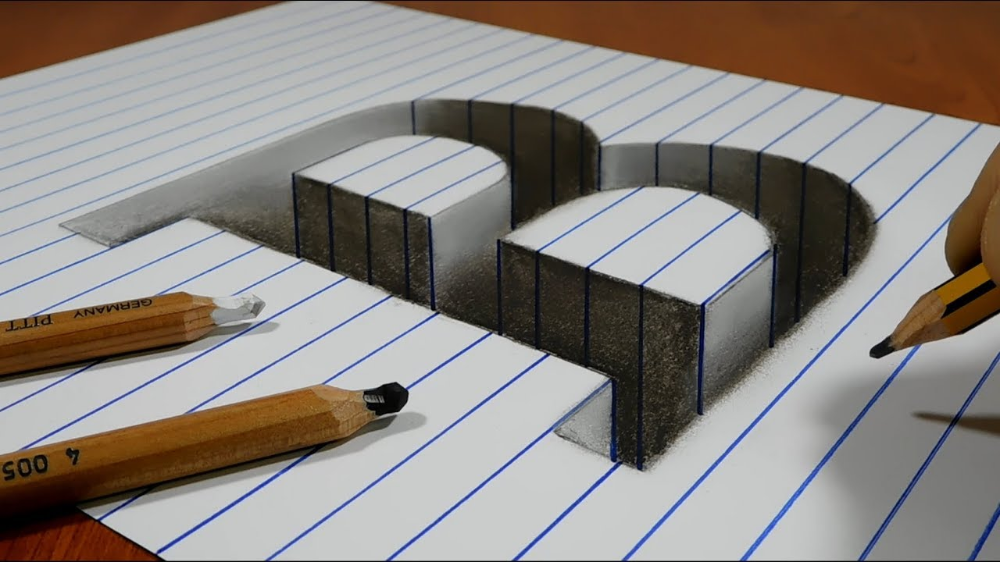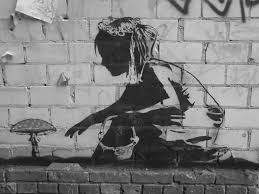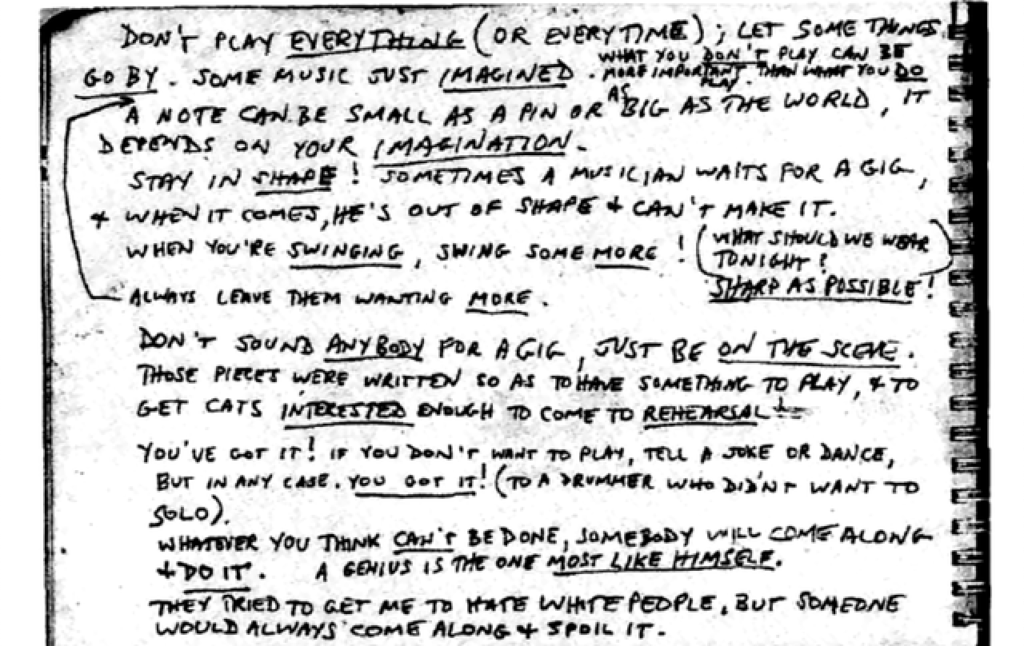Negative Space Perception As a Scratcher

Typically when scratching, your audience is experiencing a combination of two sounds. Your scratches and the beat you’re scratching to. These aspects of the music you’re projecting to people’s ears are happening simultaneously but also separate from each other. The spatial terms background (the beat) and foreground (your scratches) can be used to describe both elements. How a DJ works with these two ingredients will impact your listener’s ability to sonically differentiate what they’re hearing. Artists call it Negative Space Perception and this article will explain how a drawing concept like NSP can improve your scratching style.
When you stare at the Graffiti piece below, we see a girl reaching for a Bonsai plant.

What you may not be accounting for though, is how the negative space in this picture or what we don’t see (the emptiness) accentuates the action our eyes are observing i.e., the girl reaching for the Bonsai plant. The emptiness within this work of art is subtle, yet that’s what makes its overall visual quality come together so effectively.
I’m not gonna lie, the term Negative Space Perception was foreign to me up until a couple of weeks ago. I was on the phone with my good friend Sorrell while I was hittin’ leg day at the gym. As we spoke, the pinging sound of cast iron being dropped on the floor of Retro Fitness vibrated through the phone. The sound prompted her to ask where I was and I told her, “I’m at the gym.” She then followed that up with, “Rob, you’re so good with Negative Space,” and I was all, “Huh? What do you mean I’m good with Negative Space?” She responded, “We look at a fit, youthful looking guy in the pictures and videos you post, and yeah, your gym regimen helps with that. But what you don’t do plays an equal role with your health. You don’t drink or smoke for example. So the bad habits we don’t see you take part in are equal contributors to why you’re in shape.”
It was this random conversation that prompted me to realize just how right Sorrel was. What’s more, NSP and how I apply it, wasn’t just limited to my personal fitness. It’s like I had this sudden epiphany, “that’s exactly what I do when I scratch.” As a lover of Jazz samples since the early 90s era of Hip Hop, I’ve always appreciated how musicians like Miles Davis proclaimed “It’s not the notes you play, it’s the notes you don’t play.”
My talk with Sorrell inspired me to write this article in hopes that I could help my Brolic Army students understand that when you’re performing a scratch solo, it’s important to give equal importance to the space you insert between your scratches, as the scratches themselves. Basically, the areas within your execution where you’re NOT executing. Background and foreground must always work in harmony for a truly successful scratch solo to happen. One shouldn’t overpower the other.

In 1960, saxophonist Steve Lacy famously scribbled down BARS of wisdom imparted onto him by legendary pianist Thelonious Monk. Advice like, “Don’t play everything (or every time). Let some things go by,” and “What you don’t play can be more important than what you do,” epitomizes Negative Space Perception. Without referencing the theory by name, Monk was helping Lacy understand that for a musical composition to be digestible by a musician’s audience, discerning when to let the background (the music) breath on it’s own will allow you to strike the right amount of contrast and acoustic balance when you return to the foreground, in our case, scratch!
As Monk directed Lacey, I encourage all of my students to experiment with the practicality of Negative Space Perception as scratchers. Learn how to enhance your scratch solos by establishing an equilibrium between the sound of your scratches, and the sound of the music you’re scratching to.
“A note can be small as a pin or as big as the world, it depends on your imagination.” ~ Thelonious Monk
Study Training Camp 15 carefully and figure out ways to make use of this philosophy in your own scratch style.

